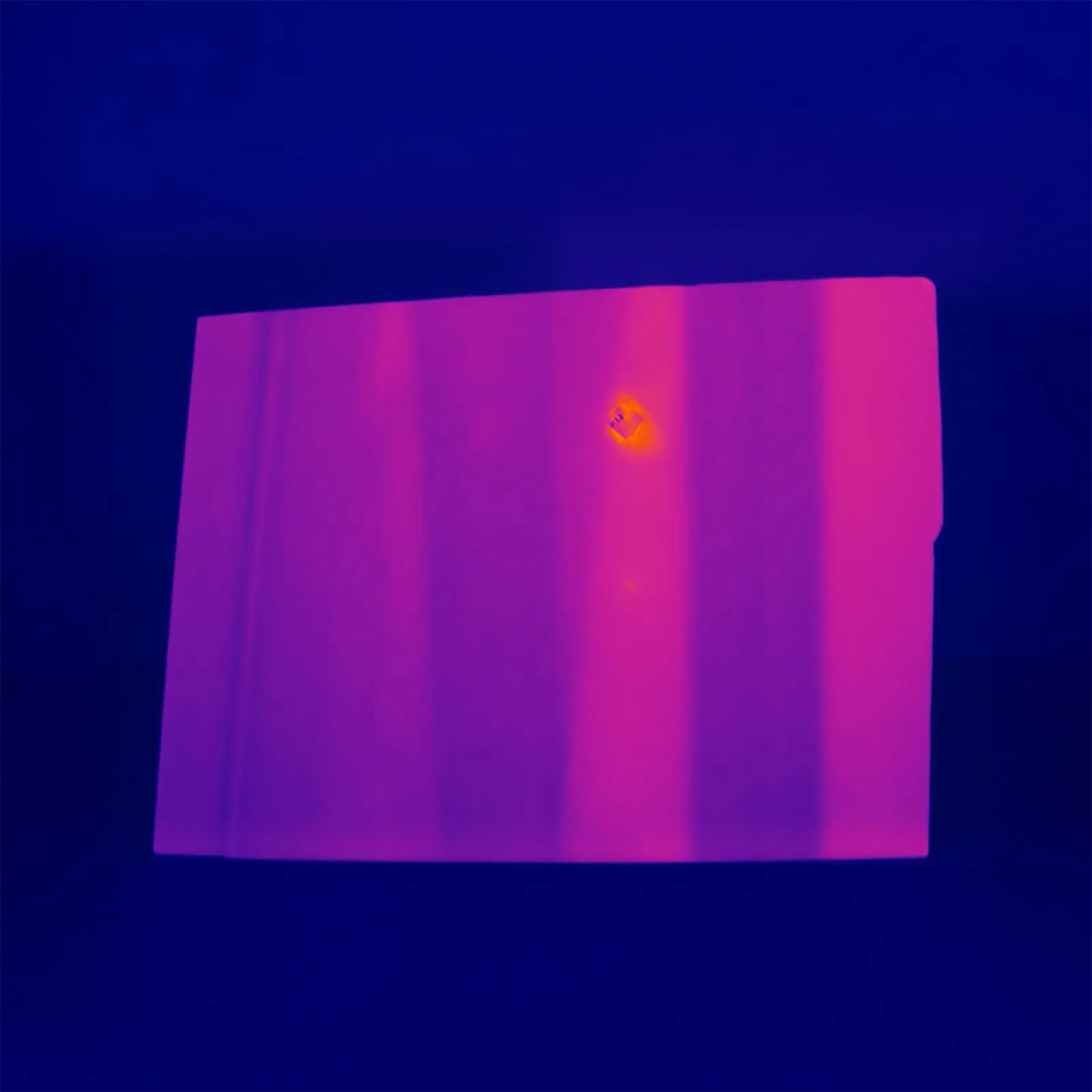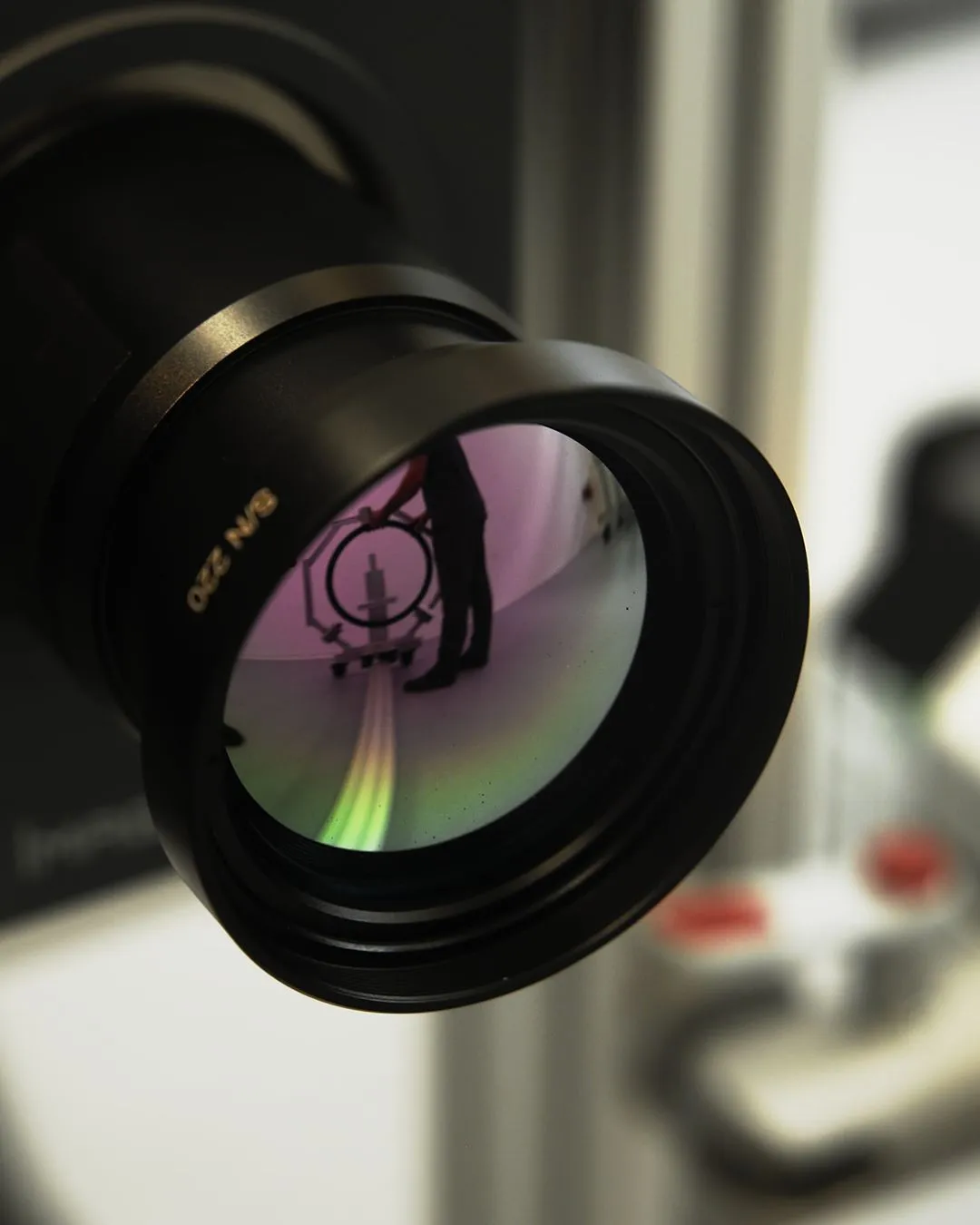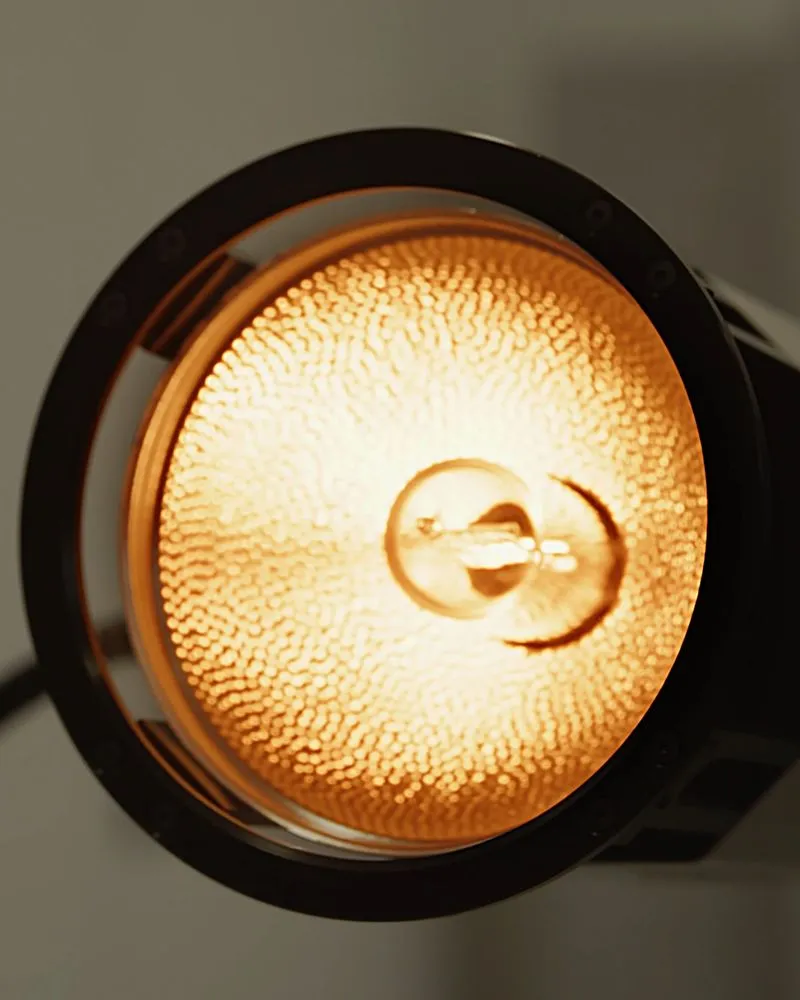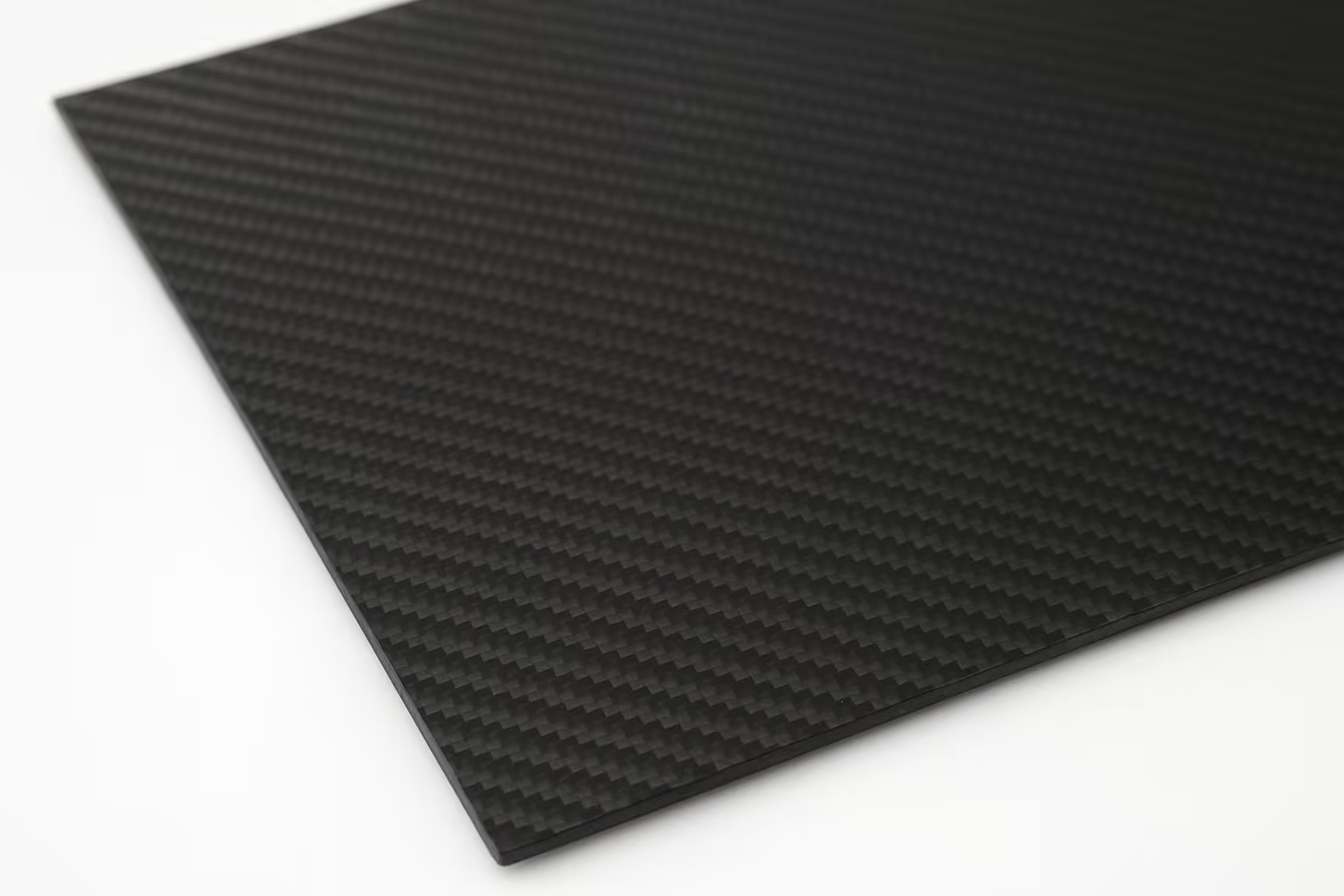CFRP Inspection Systems
Non-destructive testing of fiber-reinforced composites – precise, non-contact, and fully automated.
With our optically excited lock-in thermography, you can reliably detect defects in CFRP and carbon fiber structures – quickly, reproducibly, and suitable for inline integration.

How it works — explained in a nutshell
Our lock-in thermography uses periodically modulated heat pulses to analyze heat flow in CFRP and carbon fiber structures. Defects such as delaminations, porosity, or impact damage affect the heat flow and generate characteristic temperature patterns, which are detected using infrared cameras. The inspection is non-contact, residue-free, and can be seamlessly integrated into existing production lines.
What is inspected?
Typical Defects in CFRP/Fiber-Reinforced Components:
– Delaminations (layer separation)
– Impact damage
– Air inclusions / porosity
– Foreign object inclusions (e.g., water in honeycomb structures)
– Insufficient resin/fiber content
– Bonding defects (e.g., metallic inserts)
– Wall thickness variations and inhomogeneities
– Fiber orientation and structural analysis
Typical Components:
Vehicle parts, aerospace structures, bicycle frames, rotor blades, medical technology components, lightweight structures, hybrid components with CFRP/metal
Thermographic Functionality
Lock-in Thermography
A periodically modulated heat pulse is applied to the CFRP or carbon fiber structure. Defects influence the heat flow, resulting in local temperature differences. These differences are captured and analyzed by an infrared camera.




CFRP reliably tested
Any more questions?
In a brief initial consultation, we clarify whether the use of thermography to inspect your materials – such as CFRP – is worthwhile for you.

FAQ
Our frequently asked questions — answered quickly and easily.
How deep can active thermography detect defects?
It can detect defects to a depth of around five to six millimetres.
find out moreWhat advantages does active thermography offer?
It allows fast, contactless and area-wide inspection of complex geometries.
find out moreWhat defects can occur in CFRP?
Possible defects include delaminations, air inclusions, porosity and impact damage.
find out moreWhat is CFRP and why does it need to be tested?
CFRP (carbon fibre-reinforced plastic) is a lightweight but sensitive material whose integrity is crucial for safety.
find out moreWhich inspection methods are used?
Active thermography, ultrasonic testing and X-ray inspection are common methods.
find out more


